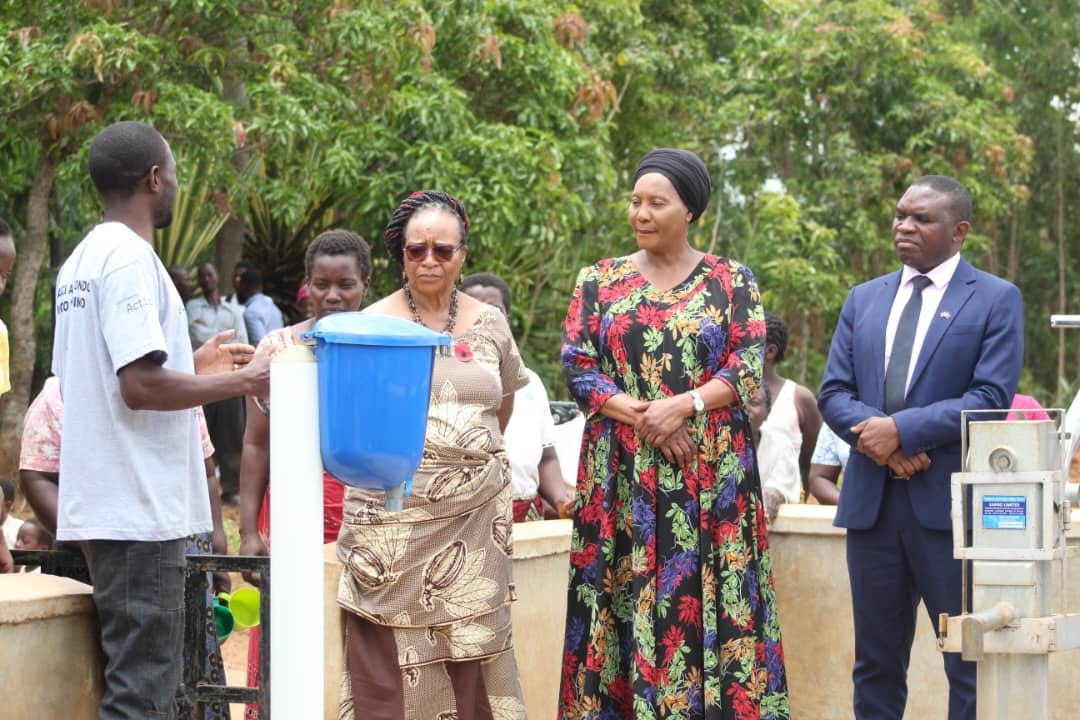Malawi Deputy Health Minister Urges Stronger Partnerships to Combat Waterborne Diseases
She made this appeal during her visit to Evidence Action interventions in the regions of Zomba and Mangochi.

ZOMBA, Malawi — Malawi's Deputy Minister of Health, Halima Daud, has called for increased support from various stakeholders to combat waterborne diseases in the country, writes Abraham Bisayi.
She made this appeal during her visit to Evidence Action interventions in the regions of Zomba and Mangochi.
"Fighting waterborne diseases requires consolidated efforts, not just from the government. If partners like Evidence Action join hands with the government, we can effectively combat cholera and other waterborne diseases in Malawi," emphasized Daud.
She further commended the organization for its work in providing communities with access to safe and clean water.
Evidence Action has achieved this through the installation of chlorine dispensers and community sensitization on the importance of consuming water treated with chlorine.
Dr. Annie Phoya, the Board Chairperson of Evidence Action, disclosed that their project, known as "Safe Water Now," has assisted the government in reducing waterborne diseases, including cholera, in eight districts across the country.
Phoya added that the project's vision is to ensure that rural communities have access to safe water and contribute to a significant reduction in waterborne diseases.
"We believe that with the program's timeline, we will reach out to communities and protect them from waterborne diseases," Phoya stated.
Margret Ajidu, a community member from Chimajira Village in the traditional authority of Mponda in Mangochi, emphasized their commitment to ensuring the proper maintenance of chlorine dispensers to achieve their intended goals.
The program, with support from Give of the United States of America, is being implemented in Mangochi, Zomba, Balaka, Neno, Chiradzulu, Blantyre rural, Mwanza, and Machinga, focusing on providing communities with access to safe and clean water to reduce the prevalence of waterborne diseases.


